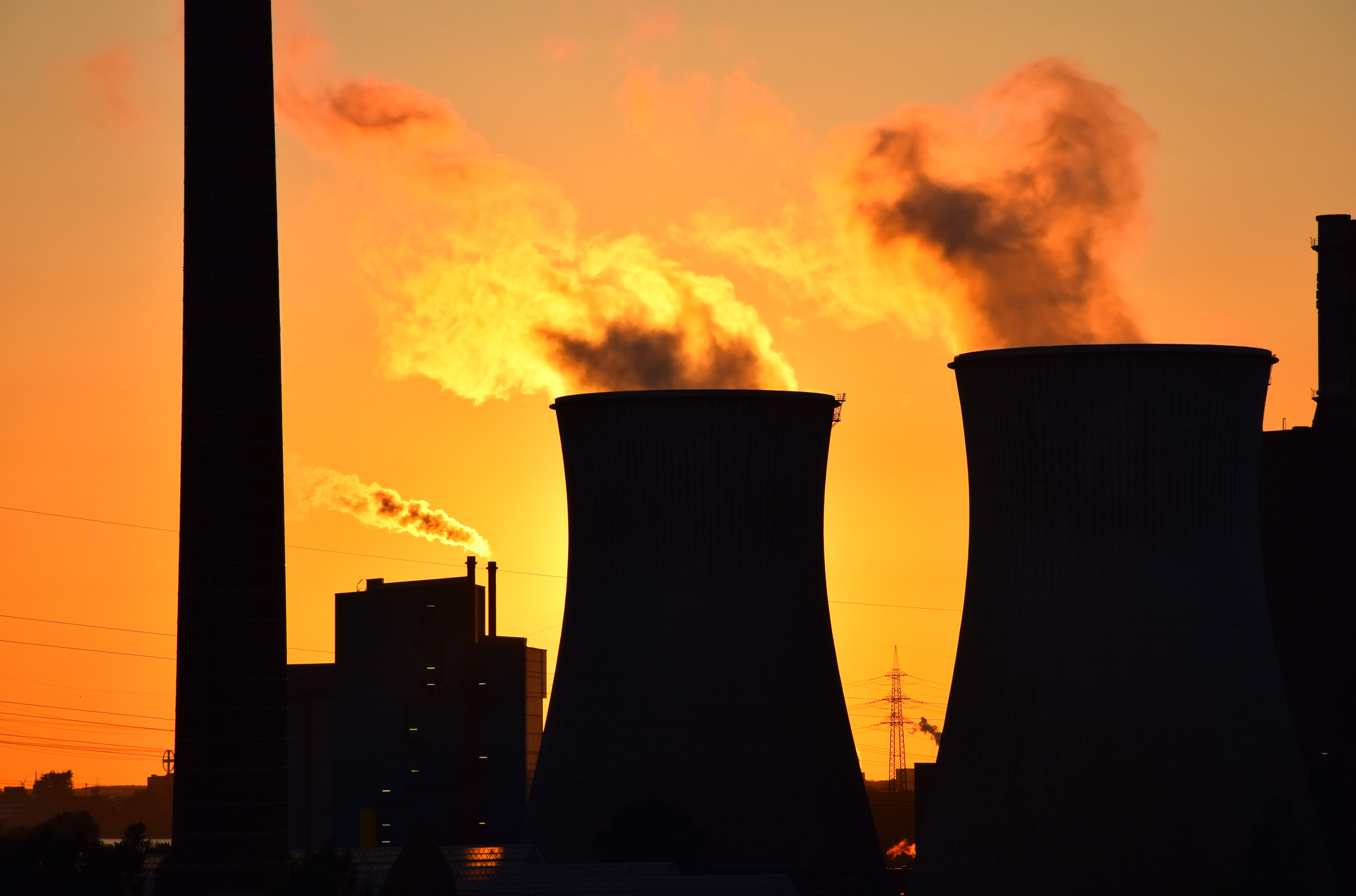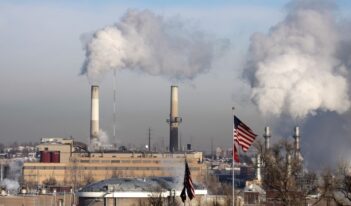
Members of Congress invoke federal law to halt EPA’s regulation of greenhouse gases.
Senator Lisa Murkowski (R – Alaska) is trying to prevent the U.S. Environmental Protection Agency (EPA) from regulating greenhouse gases under the Clean Air Act. Along with 35 other Republicans and 3 Democrats, she has invoked the Congressional Review Act (CRA) in an attempt to stop EPA from its current regulatory efforts to address climate change.
The EPA’s current climate change efforts stem from a 2007 Supreme Court decision directing the agency to determine whether carbon dioxide and other greenhouse gases present a threat to public health and welfare. On December 7, 2009, the EPA issued a formal “endangerment finding,” officially determining that greenhouse gases pose such a public threat.
Now that the agency has made its finding of endangerment, the Clean Air Act compels it “to adopt emissions standards for cars, mandating that automakers produce more fuel-efficient vehicles,” as well as requires EPA to take other “action under other parts of the law,” as PPR Director Cary Coglianese explained last year in a Boston Globe op-ed.
Murkowski now seeks to use the CRA to prevent the “economic train wreck” that she predicts will occur if EPA regulates greenhouse gases under the existing framework of the Clean Air Act. The CRA, enacted in 1996, provides a fast-track (and filibuster-free and amendment-proof) procedure for Congress to “disapprove” of certain agency rules. If both houses of Congress pass a joint resolution that is either signed by the president or survives a presidential veto, the agency rule is prevented from taking effect. The CRA also then bars the agency from issuing any subsequent rule that is “substantially in the same form.”
Can the CRA actually be used to block EPA from regulating greenhouse gases? Consider first whether the Act’s fast-track authority applies to an “endangerment finding.” By its terms, the Act affords Congress the opportunity to use fast-track procedures to disapprove only “rules.”
Is an endangerment “finding” a “rule”? EPA issued its finding in the Federal Register as a final rule, so it would be hard for the agency now to argue that it is not a rule. But not every rule counts as a rule covered by the CRA. The CRA specifically exempts rules “of agency organization, procedure, or practice that [do] not substantially affect the rights or obligations of non-agency parties.” Since the endangerment finding really only imposes a statutory obligation on EPA – namely, a duty to commence various standard-setting proceedings – it would appear exempt from the CRA. An endangerment finding itself imposes no obligations on anyone outside of EPA.
Of course, even if the EPA’s finding were covered under the Act, it is hard to see a Democratically-controlled House and Senate ever passing Murkowski’s resolution. It’s also hard to envision President Obama ever signing it. The CRA has only been used one time to disapprove an agency rule: OSHA’s ergonomics rule, which was issued in the closing days of the Clinton Administration and rejected by a Republican Congress and the newly inaugurated President Bush in early 2001.
It is interesting, though, to consider what EPA could do if Congress did succeed in using the CRA to disapprove the greenhouse gas endangerment finding. If the Murkowski resolution prevailed, the EPA might well be forever barred from regulating greenhouse gas emissions, absent the passage of new climate change legislation.
One might expect that for a normal rule, CRA’s ban on any subsequent action “substantially in the same form” would still allow an agency to go back and revisit a rule as long as it tries a different approach. As Adam Finkel, PPR Executive Director, argues in an upcoming paper with Jason Sullivan (Penn Law ’09), the CRA’s prohibition on substantially similar rules still “clearly allows an agency to regulate in the same area, as long as the revised rule has a significantly more favorable cost-benefit equation than the vetoed rule.”
But an endangerment finding is a binary science-policy decision. The agency can either say “yes” or “no” that greenhouse gases threaten public health and welfare. If Congress formally disapproves the answer “yes,” presumably any subsequent answer “yes” would be “substantially . . . the same.” It is not even clear that, absent new authorizing legislation, EPA could revisit the issue years later if additional, stronger evidence came to light. The form of a subsequent endangerment finding would still be simply to say “yes,” there is a threat to public health and welfare.
Of course, with the CRA having been successfully used only once to block an agency rule — and having yet to be interpreted by any court — conclusions about its reach and impact must remain somewhat tentative. What Congress does with Senator Murkowski’s CRA proposal will definitely be worth watching. Even if her current resolution fails to pass, when the EPA eventually issues greenhouse gas emissions standards and other climate change regulations under the Clean Air Act, further attempts to use the CRA will undoubtedly follow.



